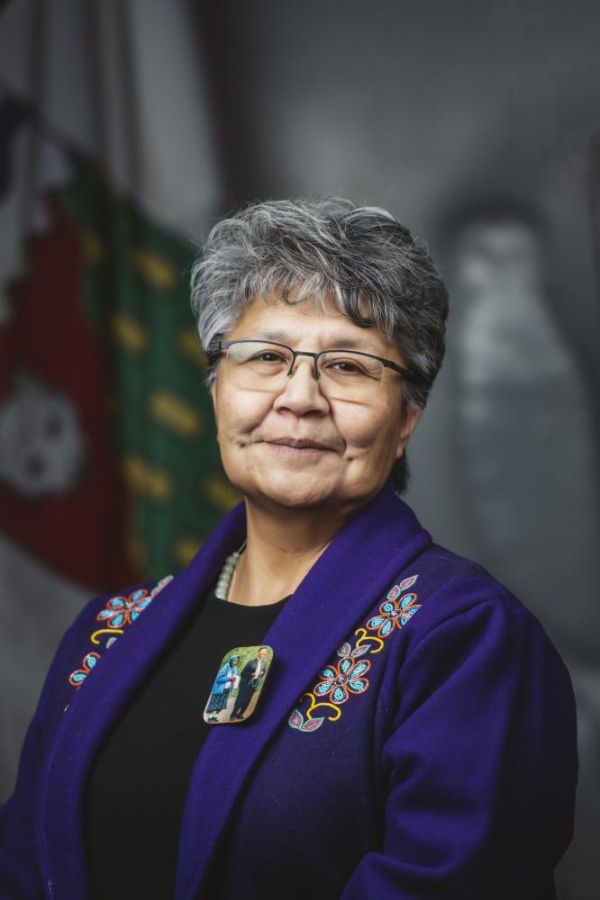Debates of October 6, 2023 (day 168)
Member’s Statement 1665-19(2): Northwest Territories Jobs in Demand 20-Year Forecast Report

Merci, Monsieur le President. I am saving my mushy stuff for a little bit later.
The Department of Education, Culture and Employment has released a report Jobs in Demand 20 Year Forecast on May 1st. It is full of interesting and information. The report is primarily broken up into categories of educational attainment that will be needed for projected types and numbers of jobs. These could be current jobs that need to be refilled because of turnover, retirement or death, or newly created jobs. By far the largest demand for new workers is for elementary school teachers, at 5 percent of new hires; nurses and secondary school teachers following closely at 3 percent each.
Examples of other leading occupations include doctors, lawyers, engineers, and financial managers. 27 percent of new hires will require university graduation. Trades make up 11 percent of future needs, with customer service occupations such as cooks, automotive mechanics, carpenters, and electricians leading the field. It is notable that it appears not many jobs are needed or will be created directly in the resource sector. The positions requiring college diplomas will make up 24 percent of total new jobs, and jobs requiring high school education or less comprise 38 percent of projected new hires. Now, compare these totals to current levels of educational attainment, and we are faced some unpleasant facts.
New jobs requiring university, college, and/or a trade certification will make up 62 percent of new demand. Today, only 49 percent of workers have attained this educational level, a spread of 13 percent whereas today, 27 percent of the workforce has trades, certificates or diplomas, the projected demand will be 35 percent of candidates to hold these credentials.
In all job categories requiring postsecondary education, Indigenous peoples' educational attainment is lower than nonIndigenous, sometimes dramatically so. Several conclusions come to mind.
First, we are not going to have enough NWT residents to fill occupations requiring advanced education. Many of these jobs will go to new hires from the south or will stand vacant thwarting wellbeing and provision of services for our residents. I'll have questions for the Minister of Education later today on this topic. Mahsi, Mr. Speaker.
Thank you, Member for Frame Lake. Members' statements. Member for Range Lake.








